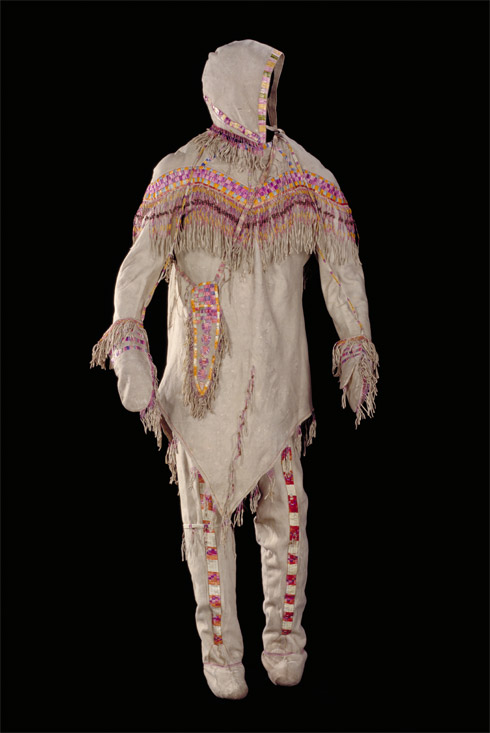

Characteristics of pulse sequences may cause black boundary, Moir, and phase-encoding. Finite sampling, k-space encoding, and Fourier transformation may cause aliasing and Gibbs artifact. N-acetylaspartate (NAA) peak: resonates at 2.0 ppm Artifacts are caused by a variety of factors that may be patient-related such as voluntary and physiologic motion, metallic implants or foreign bodies.glutamine-glutamate peak: resonates at 2.2-2.4 ppm.gamma-aminobutyric acid (GABA) peak: resonates at 2.2-2.4 ppm.2-hydroxyglutarate peak: resonates at 2.25 ppm.arterial spin labeling (ASL) MR perfusion.dynamic contrast enhanced (DCE) MR perfusion.dynamic susceptibility contrast (DSC) MR perfusion.metal artifact reduction sequence (MARS).turbo inversion recovery magnitude (TIRM).fluid attenuation inversion recovery (FLAIR).diffusion tensor imaging and fiber tractography.


iodinated contrast-induced thyrotoxicosis.iodinated contrast media adverse reactions.clinical applications of dual-energy CT.as low as reasonably achievable (ALARA).Slice-overlap artifact (also known as cross-talk artifact)įourier transform and Nyquist sampling theorem MRI hardware and room shieldingĪliasing artifact (also known as wrap around artifact) Many artifacts have a characteristic appearance, and with experience, they can be readily identified. Remember that artifacts are not all bad and that occasionally, they are intentionally exploited, e.g. Hardware issues may cause central point and RF overflow artifacts. Characteristics of pulse sequences may cause black boundary, Moiré, and phase-encoding artifacts. Finite sampling, k-space encoding, and Fourier transformation may cause aliasing and Gibbs artifact.
#Edward low ohio artifact meaning how to
Presence of anatomy outside the image fieldĬlassification of the artifact type may give one an idea about how to try to fix it.Īrtifacts are caused by a variety of factors that may be patient-related, such as voluntary and physiologic motion, metallic implants or foreign bodies. fast spin echo, gradient, volumetric acquisition When encountering an unfamiliar artifact, it is useful to systematically examine general features of the artifact to try and understand its general class. Some artifacts affect the quality of the MRI exam, while others do not affect the diagnostic quality but may be confused with pathology. MRI artifacts are numerous and give an insight into the physics behind each sequence.


 0 kommentar(er)
0 kommentar(er)
